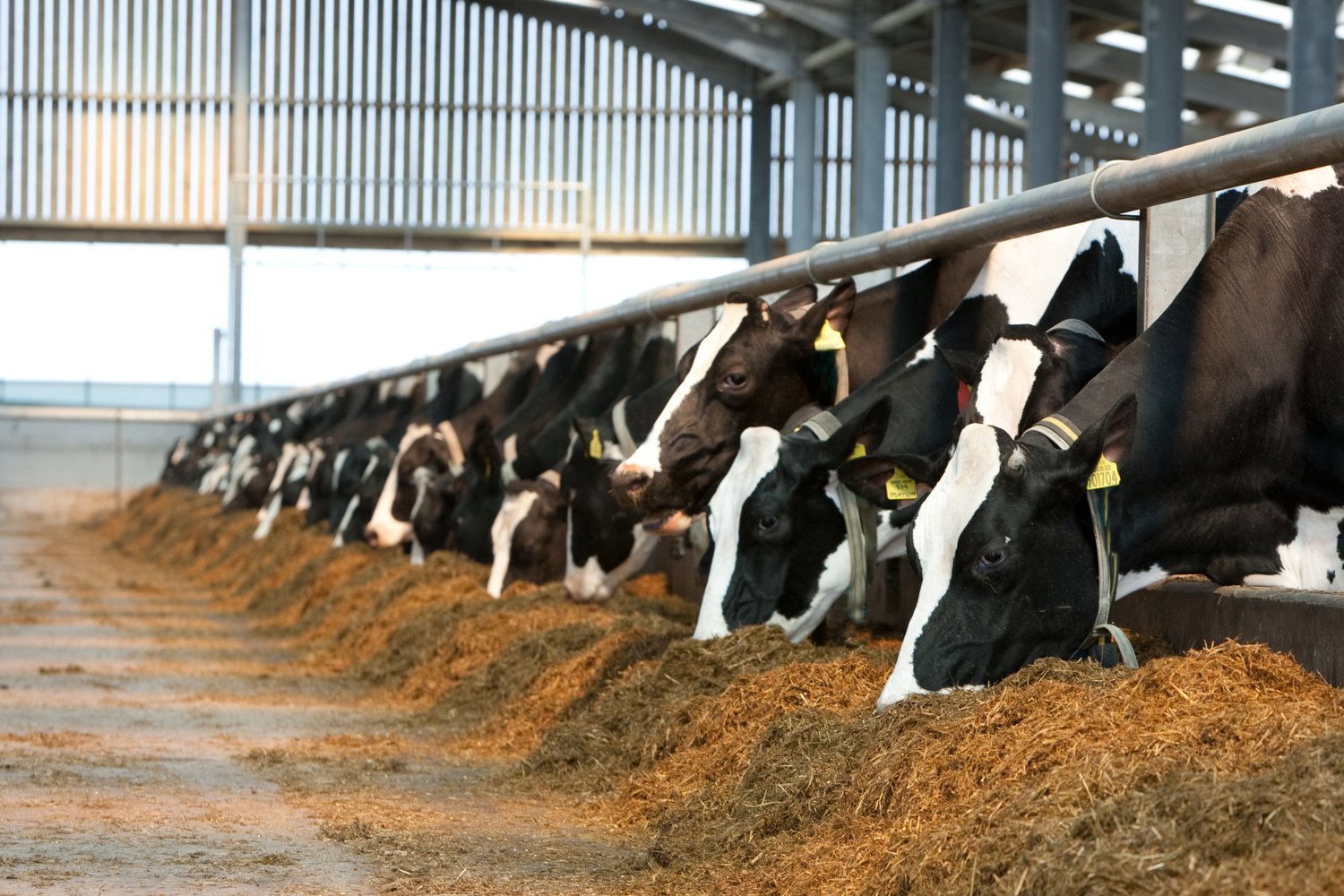How to respond to clamp slippage?
28 December 2022
Recent years have seen an increase in slippage in grass silage clamps.  A number of reasons have been put forward for this:
A number of reasons have been put forward for this:
- Cutting younger, leafier grass silage crops (e.g. multi-cut) – which are more digestible and lower in structural fibre to hold the silage in place, and which have tender cells which more easily ‘burst’ under the mass of silage above (exacerbated if clamps are filled high and/or % dry matter is low)
- High or over-filled clamps – leading to excess pressure pushing down on silage towards the clamp base
- Wide clamps – leading to a less ‘firm grip’ (less friction) of silage within the walls
- Uneven consolidation – with densely-packed silage on top of less-compacted material towards the clamp base – possibly resulting from ‘hasty’ clamp filling
- Wetter silage below 30% dry matter (DM) – creating a ‘sloppier’ texture (exacerbated if the silage is also over-consolidated)
- Less desirable fermentations that produce moisture, leading to reduced silage %DM
- Modern grasses can also be higher in oil – which is thought to possibly be part of the problem
What can be done?
It is unlikely that there is any single solution to clamp slippage. Grass crops and clamp set-ups vary widely. So the steps taken to target slippage may need tailoring to the individual farm situation.
However, minimising the chance of slippage happening in the first place (e.g. through clamp design and filling and consolidation techniques) is arguably easier than trying to do something about slippage once it has already occurred.
Some thoughts for targeting slippage when making silage
- Create narrower and/or lower clamps and avoid filling clamps too high. If you have excess grass, consider baling
- Wilt to the optimum % dry matter (DM) – typically 30% DM but may benefit from being drier if grass is leafy and lush
- Where grass is cut younger and leafier (e.g. in a multi-cut system) a longer chop length may be particularly important to give the silage greater structure against slippage. Longer chop lengths are more desirable with high D value silages as compaction is not generally an issue and a longer chop length may help to ‘bind’ the clamp to help reduce the chance of slippage. Longer chop lengths can also aid silage performance in the rumen
- Load and consolidate the clamp evenly:
- Rather than filling in a wedge, fill at an angle of no greater than 20 degrees to the horizontal
- Fill in layers of a consistent depth. This may need adjusting to the % DM to avoid over or under-consolidating (e.g. less than 25% DM – 25cm deep; 25-28% DM – 20cm deep; above 28% DM – 15cm deep)
- Follow up with even rolling of all layers to produce consistent silage density from the top to the bottom of the clamp
- Take extra care if ensiling multi-cut grass at lower %DMs (e.g. 25% DM) to avoid over-consolidating it, which could encourage slippage
- Avoid, as much as possible, poorer (e.g. natural) fermentations which generate moisture in the clamp. The additive Ecosyl 100 drives an efficient fermentation, maximising DM recovery without generating moisture
What if the slippage is already occurring?
If silage is already being fed out, one option might be ‘stepping’ the clamp to reduce height (although this can increase other problems such as rainwater contamination and spoilage; so it may be a case of deciding which is the least undesirable).
CARE SHOULD ALWAYS BE TAKEN AROUND SILAGE CLAMPS, BUT ESPECIALLY IF THE SILAGE IS MOVING, AS THE TIMING OF A SLIP CANNOT BE PREDICTED!
Let us help you make the most from your silage with our latest special offer on Ecosyl - buy 10 get 1 completely free. Running until January 31st 2023.